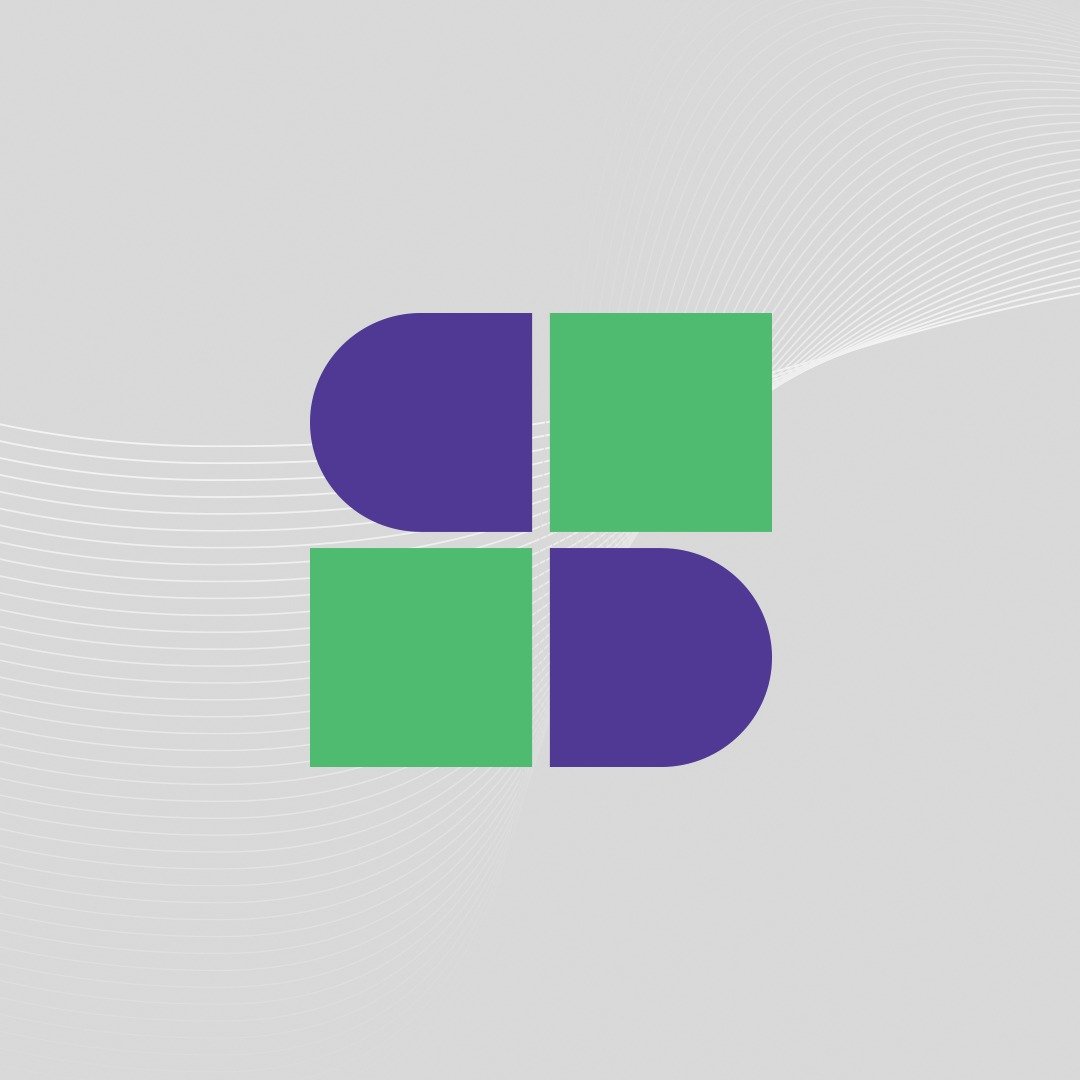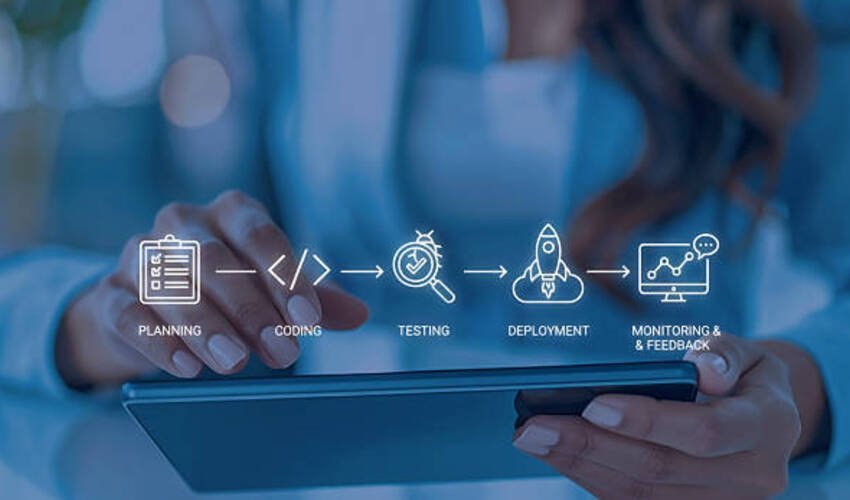In software development, success starts long before coding begins. The discovery phase is one of the most important stages that determines the quality of a software project. It helps in identifying risks, defining project goals, and understanding the technical requirements. When this stage includes testing plans, it becomes even more powerful. That’s where Discovery Phase Services for Software Testing come into play.
These services help teams find bugs early, understand user needs, and reduce future testing costs. In 2025, software companies are realizing the importance of this approach for better quality and performance.
What Is the Discovery Phase in Software Testing?
The discovery phase is the initial step in the software development lifecycle. It involves gathering information about the project, users, and technical environment. During this phase, the team defines the project’s scope, requirements, risks, and deliverables.
When testing is added to this phase, the team identifies possible quality issues from the start. This proactive approach makes later stages smoother and more efficient.
Why Discovery Phase Services for Software Testing Matter
Software testing is not just about finding bugs after development. It’s about preventing them before they happen. Discovery phase services make this possible by analyzing the project from a testing point of view before development begins.
Through planning and research, these services help save time, money, and resources. They also improve communication between developers, testers, and clients.
Top Benefits of Discovery Phase Services for Software Testing
1. Early Identification of Risks
During the discovery phase, teams can identify potential technical and functional risks. This helps prevent costly errors later. Early detection ensures the project starts with a clear risk management plan.
2. Clear Testing Strategy
The discovery phase creates a strong testing roadmap. It defines the types of testing needed, such as functional, usability, or security testing. Having this plan early helps testers work more effectively.
3. Improved Collaboration
These services bring developers, testers, and clients together from the beginning. Everyone understands project goals, which reduces confusion later. Collaboration leads to smoother project execution.
4. Better Requirement Analysis
One common reason for project failure is unclear requirements. During the discovery phase, testing teams validate requirements for accuracy and completeness. This ensures the final product meets expectations.
5. Cost and Time Efficiency
Fixing bugs early is cheaper than fixing them after deployment. Discovery phase testing services help reduce rework and unexpected costs. As a result, projects stay within budget and deadlines.
6. Enhanced Product Quality
By understanding the product vision early, testers can design better test cases. This ensures that the final product is more stable, secure, and user-friendly.
7. Realistic Project Estimation
With testing insights included, teams can estimate time, effort, and resources more accurately. This helps in setting realistic goals and client expectations.
8. Early Prototype Validation
In some projects, prototypes or mockups are created during the discovery phase. Testing teams review them for usability and performance. Early feedback improves the final product design.
9. Clear Documentation
Discovery phase services create detailed test documentation. This includes test strategies, risk assessments, and environmental needs. Such documentation serves as a guide throughout the project lifecycle.
10. Stronger Client Confidence
Clients trust companies that plan carefully. Discovery phase testing services show professionalism and commitment to quality. This builds long-term business relationships.
How the Discovery Phase Improves Testing Efficiency
When testing starts during the discovery phase, teams understand the system architecture, workflows, and dependencies better. This knowledge helps testers design smarter tests later. Additionally, early testing planning avoids duplicate efforts. It aligns QA activities with business goals, ensuring higher ROI (Return on Investment). For example, if the discovery phase finds that the app will handle sensitive data, the testing team can plan advanced security tests early.
Who Should Use Discovery Phase Services for Software Testing?
These services are ideal for:
- Startups developing their first software product.
- Enterprises with large, complex systems.
- Agencies handling multiple projects with tight deadlines.
- Businesses aim to reduce post-launch defects and maintenance costs.
No matter the project size, the discovery phase adds structure and foresight to software testing.
Steps Involved in the Discovery Phase for Testing
- Requirement Gathering: Understanding business goals, user needs, and technical limits.
- Risk Assessment: Identifying possible issues and dependencies.
- Testing Scope Definition: Outlining what needs testing and when.
- Tool Selection: Choosing automation or manual testing tools.
- Documentation: Recording findings, risks, and testing strategies.
- Validation: Getting client approval before moving to design or development.
The Future of Discovery Phase Testing in 2025
In 2025, many companies are investing in integrated discovery and testing services. AI-powered tools are being used to predict software risks early. These smart solutions help in making faster and more accurate testing plans. Cloud-based platforms are also making collaboration easier during the discovery phase. As a result, projects are becoming more transparent and efficient.
Conclusion
The discovery phase sets the tone for software success. Adding testing to this phase ensures that quality is built from the start, not added later. By using Discovery Phase Services for Software Testing, teams gain better control, fewer risks, and higher product quality. Whether it’s a startup or an enterprise, this approach leads to smoother development and happier clients.
FAQs
1. What is the main goal of the discovery phase in software testing?
It helps identify project requirements, risks, and testing strategies before development starts.
2. How long does the discovery phase last?
It depends on the project’s size and complexity. Usually, it takes from one to four weeks.
3. Why should testing be part of the discovery phase?
Including testing early prevents future bugs and reduces costs during later stages of development.
4. What are the key deliverables of the discovery phase?
Deliverables include requirement documents, testing strategies, risk assessments, and technical recommendations.
5. Can small businesses benefit from discovery phase services?
Yes. Even small projects benefit from early planning, risk management, and structured testing strategies.

Software Testing Lead providing quality content related to software testing, security testing, agile testing, quality assurance, and beta testing. You can publish your good content on STL.



